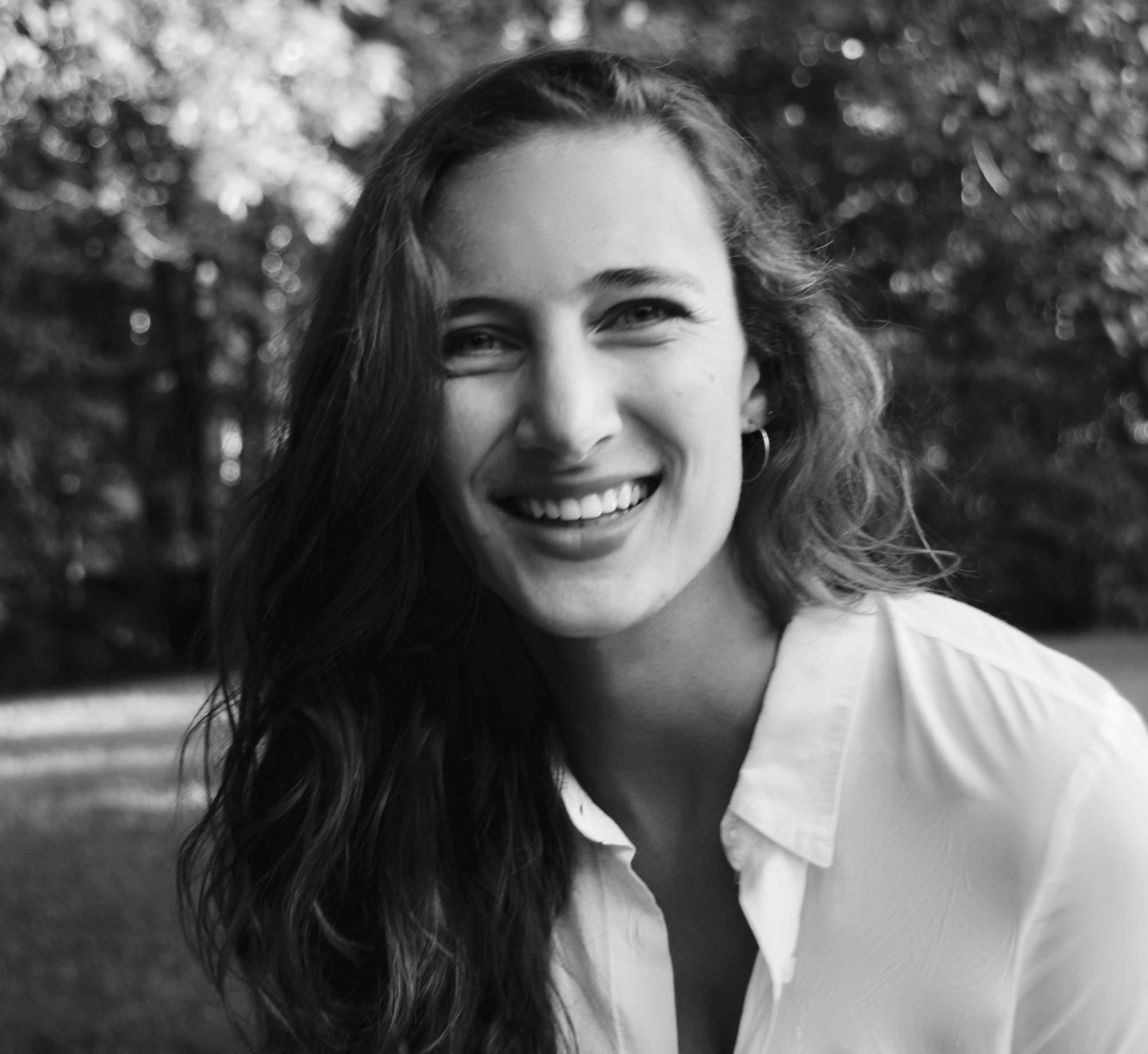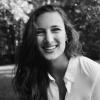Meet Teaching Artist Leah Christianson


Leah Francesca Christianson’s work has appeared in TriQuarterly, River Teeth, Storm Cellar Quarterly, Sundog Lit, and other publications. She earned an MFA at Miami University, where she was editor-in-chief of Oxford Magazine, received the Jordan Goodman Award in fiction, and taught composition and creative writing. In teaching, Leah’s driving goal is to foster two competing ideals—vulnerability and confidence. Encouraging experimentation in topic and form, she strives to help students share enough of themselves to articulate identity and foster empathy, while also maintaining the belief that one’s story is worth telling. In short, Leah’s teaching philosophy is: take the work seriously, not yourself. She recently completed a novel and is at work on a hybrid memoir.
Leah's current classes are listed on her artist bio page.
***
When did you start teaching? What path—career or otherwise—brought you here?
While my career path has been admittedly winding, it’s always incorporated teaching. My first job out of college was as a knowledge management consultant, in which I taught clients about the proprietary software my team developed. After four years, I returned to graduate school to earn my MFA at Miami University and began teaching creative writing and composition. Teaching writing has been the most personally and professionally satisfying experience I’ve ever had—I love helping students dig into the art they love and their own desire to create, experiment with new forms and voices, and access the tools they need to write the stories they want to tell. Everyone has creative impulses within them; I aim to give students the space to uncover what inspires them.
How would you describe your teaching style?
Writing is a balancing act. It requires a writer to be both vulnerable and confident—sharing enough of themselves to articulate identity and foster empathy, yet maintaining the belief that their story is worth telling. In teaching, my driving goal is to foster both these competing ideals. I strive to allow students to feel both challenged and motivated by the chance to articulate their specific viewpoints, while also establishing the classroom as a space where experimentation and failure are encouraged. I also incorporate elements of play into the classroom. In short: I ask students to take the work seriously, but not themselves.
When it comes to imagining and creating classes, where do your ideas come from? What in particular inspires you?
I’m inspired by writers I know and admire: my MFA professors, practicing authors, and writer friends who persevere. I love teaching my friends' and colleagues’ work and hope it shows my students that I will be an advocate for their writing, even when we are no longer in class together. In lessons and writing prompts, I incorporate other art forms into generative ekphrastic exercises (e.g., students draw the scene they’re describing, begin an essay with line from a song remembered from childhood), as I think hybridity allows writers to access memories in unexpected ways. In workshop, I borrow from my former professor Daisy Hernandez' Compassionate Critique feedback method, so as to provide a framework for students to share impact in a guided and supported way, without being prescriptive.
What's the ideal environment for your classroom? What atmosphere are you hoping to establish?
Even though COVID has forced classrooms into the glowing rectangles, I still aim to foster a community-based environment that supports all students, while also challenging them to expand their views on art and literature. In conferencing and in the classroom, I try to strike a balance of conversational, relaxed, and student-focused, allowing students to drive conversation, feel empowered to ask questions, and voice dissent. My goal is not to get every student to agree with me—it’s to give every student the tools to think and create critically. Again, writing requires a difficult balance of confidence and vulnerability, and I do everything I can to give students the space to strike this balance.
Regardless of what your class is specifically focusing on, what's the main goal you have for your students?
Broadly, my goals for my students—and myself—are to 1) understand historical and cultural influences upon their work, 2) reflect on their presentation of the people and places immortalized by their writing, and 3) consider how and why they compose. I aim for students to gain the confidence to embrace their natural voice and style, while embracing risk in both content and form.
What are goals you have for yourself? These could be teaching goals, writing goals, career goals, community goals, etc.
At the very highest level, I hope to be teaching and writing full-time within a community I feel connected to. Whether that teaching occurs within community enrichment programs, academia, or high school matters less to me than the act of helping students capture their unique voices and stories.
Writing-wise, I aim to create work that explores nostalgia’s effect on memory; interactions of art, technology, and identity in society; and the ways in which humor and grief sharpen each other. I am seeking representation and publication for my first novel and am in the midst of editing my collection of hybrid nonfiction. While it seems futile to put timelines on publication, I do hope to find homes for these projects in the near future.
What have been some of your own favorite educational experiences?
During my MFA program, the essayist Aisha Sabatini Sloan facilitated a workshop on writing cinematically. We experimented with image as inspiration and cinema as a structuring device. I loved the challenge of mapping something that exists on the page to an extended video; this allowed me to think holistically about plot and intention, which isn’t my first instinct in writing. My MFA workshops were incredibly generative. This was due to the excellent teaching at Miami but also the trusting and supportive community we fostered within our cohort. This is the type of environment I want to recreate in my classrooms. I am still in a writing group with friends from this program, and the act of making time for each other’s work has continued to generate new ideas and keep this community intact, even from afar.
To you personally, what is the most important part of the literary arts?
In our current context—in which the arts are suffering from chronic underfunding and our post-capitalist society values immediacy and urgency over thoughtfulness and truth—I believe that dedicating one’s life to creative work is revolutionary. Writing brings joy, clarity, and connection to writers and their readers. It allows us to challenge each other and the society we navigate, explore our identities and motivations, and understand each other in new ways. It’s not always easy, but it is a worthy undertaking.
Is there anything else you'd like to share?
I’m so honored to be teaching at the Loft, and I hope to see you in my classes!
